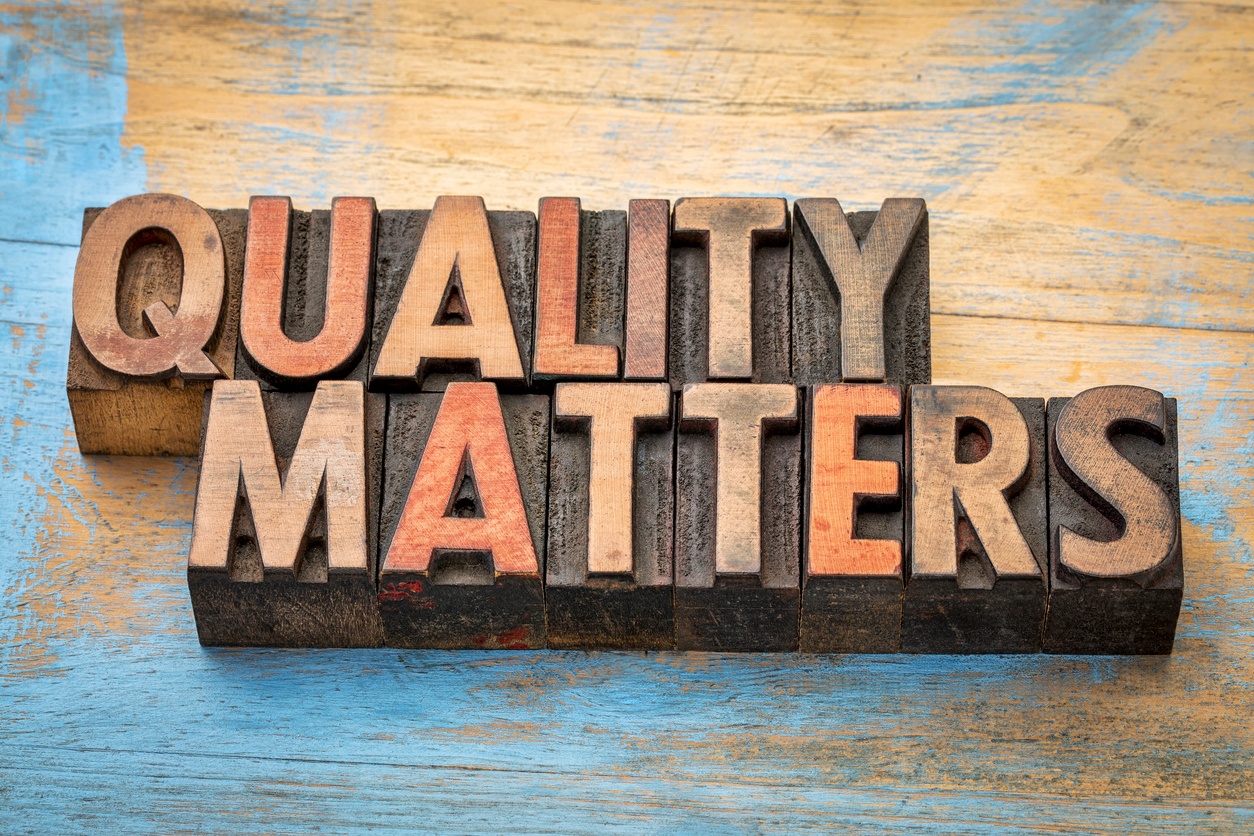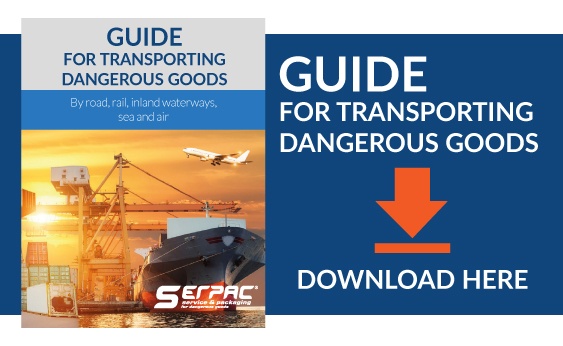The importance of choosing the right material when labeling dangerous goods

Laws and norms that regulate the use of material for dangerous goods transports are quite different from the ones concerning packaging material used to ship consumer commodities, editorials or clothes.
The difference comes with the inherent risk of damaging the health of those people that are involved in handling and transporting the hazardous goods while putting at risk the environment.
A difficult subject, which must be treated with the maximum attention while fully adhering to the regulations currently in place. Thus, it is important to take the necessary precautions to handle products such as flammable liquids, corrosive or toxic material with the uttermost care.
The one and only guide to labeling
Be careful, as these regulations do not only cover packaging and their mode of transport, but also so-called hazard labels, which are being applied onto packages, containers and vehicles. Why are labels necessary? Because they are signaling the danger of the substances that are being shipped inside the packages. That’s why labels are not all the same. Depending on the various information that they convey, they are being produced using different materials, depending on the surface that they are being attached to.
Where must they be applied
Here we talk about the mode of transport: containers that travel by sea for example, cannot travel with a paper label as well as panels made of metal aren’t appropriate for cardboard boxes. Hence, an intelligent definition of which labels to use on what surface and for which transport modality helps to clearly identify the dangers that they might inflict.
Regulations
As requested by the regulations, all labels must be easily visible and readable and must be able to withstand the elements without being significantly degraded. Just keep in mind that among the existing regulations there are in fact small differences concerning the graphic design of the labels. As long as they don’t have a negative impact on the meaning of the label, they are equally accepted amongst the various transport modalities. Let’s have a look at the different regulations put in place, which control the transport of dangerous goods: all transports by road are regulated by ADR, transports by rail by RID, the ones over inland waterways by ADN, shipments by sea adhere to the IMDG regulations and the ones by air to ICAO and IATA.
Material
To conclude the discourse on labeling, it is necessary to pay attention to the material that the labels are made from. Also, the application surface plays a role, as different shipment methods require different materials and sizes to comply with the current regulations.
1- Labeling and Marking
Ideal for dangerous goods packages, bulk cargo packages and IBCs are labels that last for at least 2 to 5 years. The materials used are paper, PVC and PE, most labels are printed with UV resistant paint and can be purchased either in packs of loose, pre-cut labels, on a peel-off (removable) surface or in roles with zig-zag perforation, allowing each part to be easily separated. The difference between packs of loose labels and the ones in roles lies in the way they are being used. The loose ones in packages are sold in smaller quantities (50, 100 or 250 pieces per package) and the ones in roles have a minimum quantity of 500 labels. To understand what type of packaging is most suitable to your needs, we are now having a look at what distinguishes them.
- Paper labels: they are mainly chosen for packages that are not going to be exposed to extreme weather conditions or harsh climate change. These labels can for example be used for cardboard packaging kept in an inside storage space.
- PVC labels: this material is the most resistant one and being applied onto packaging that is going to be stored outside, having to withstand the elements without being significantly degraded. Labels in PVC are usually applied onto barrels and IBCs.
- PE labels: this material has for sure the highest ranking when it comes to price-performance ratio. Polyethylene is used on packages and barrels for inside as well as outside storage.
To sum it up, which material to choose depends on many factors such as the type of packaging, the frequency of usage and the foreseen storage. To be on the safe side, you can purchase roles of 500 pieces each in PE, as they are the ones most frequently used.
2 – Placards and Panels
The second category deals with the type of material used to label containers and vehicles, which, given their nature, have a curvy surface. They are available as adhesives with an estimated lifetime of 3 to 5 years, in alluminio, plastic or metal, depending on their usage. They are easy to apply and in most cases fire resistant. The latter quality refers to orange panels that by ADR regulation must be reflective with dimensions of 400x300 mm or in case that these don’t fit onto the vehicle, with a reduced dimension of 300x120 mm.
The orange panels can be bought without (plain) or with numbers, size 400x300 mm or smaller, while the IMDG regulation requires size 300x120 mm and the adhesive component.
